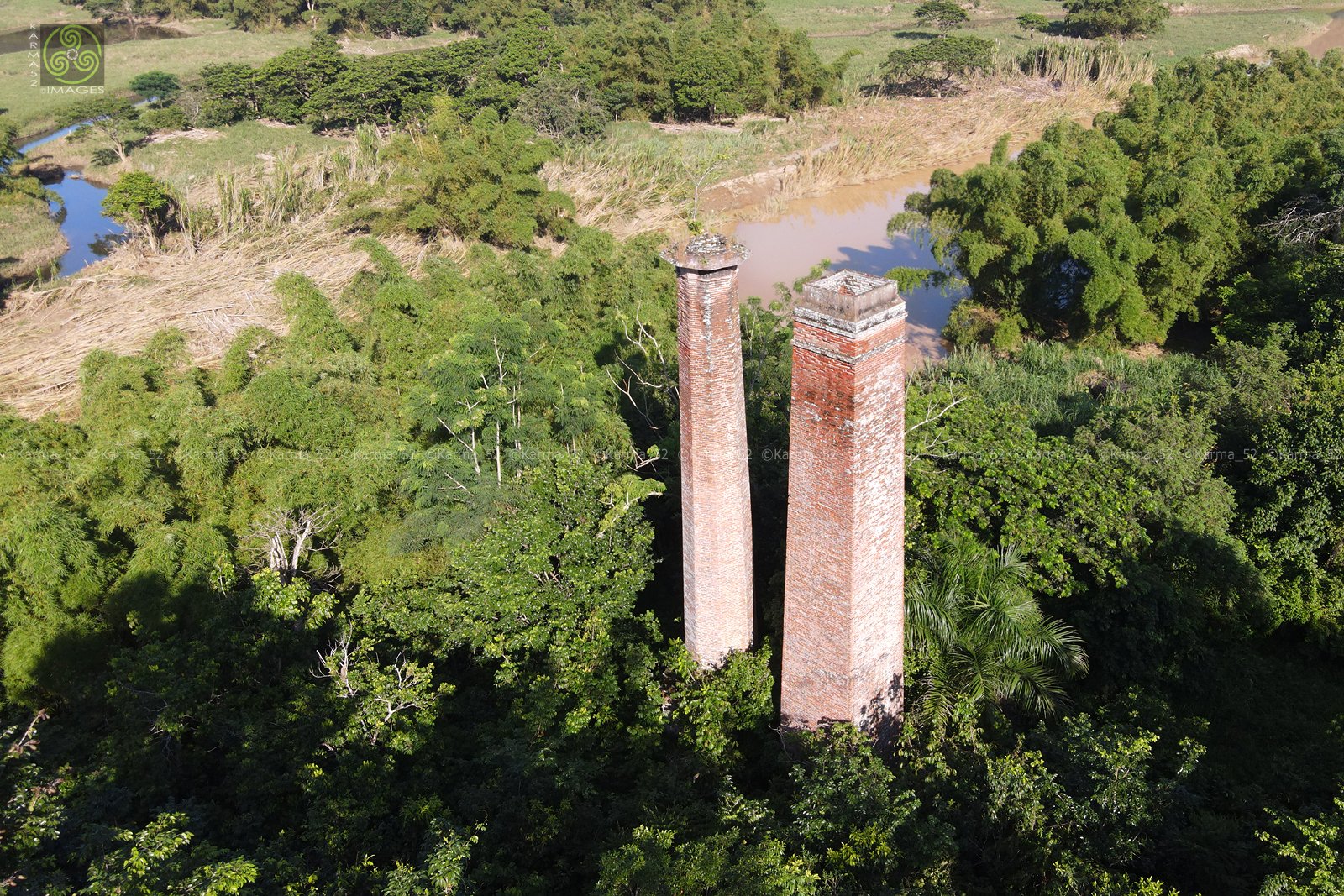
Hacienda Santa Bárbara (Gurabo)
Not much information is available on Hacienda Santa Bárbara and it is not listed by José Ferreras Pagán in his 1902 book Biografía de las Riquezas de Puerto Rico. As a matter of fact, Ferreras Pagán does not list any haciendas in the Caguas-Gurabo-San Lorenzo area. It is known though, that in 1857 Hacienda Santa Barbara had a steam mill acquired from The Novelty Iron Works in New York.
Both Pablo Marién and Nicolás Quiñones Cabezudo (1862-1942) have been reported as owners of Hacienda Santa Bárbara and Ramón Quiñones Cabezudo (1880- ) has been reported as its General Manager. An article in La Gaceta de Puerto Rico edition of June 19, 1856 Pablo Marien was at the time a meat supplier to the municipality of Caguas. Nicolás “Nico” Quiñones Cabezudo was born in 1862, so Hacienda Santa Bárbara was first owned by Marién and then by Quiñones Cabezudo. It is worthwhile mentioning that Nicolas Quiñones Cabezudo was married to Heraclia Borrás Collazo the granddaughter of Gabriel Borrás Llacer co-owner of Hacienda Santa Catalina.
In her book Santa Juana y Mano Manca, Ivonne Acosta states that in 1909 the owner of Hacienda Santa Bárbara entered into an agreement with the Porto Rican Leaf Tobacco Co. to grow tobacco in its lands, however, she does not state who the owner was. She states that upon the establishment of Central Santa Juana in 1906, farmers in the area did not want to submit themselves to the big sugar mill and tried growing tobacco which became the main crop harvested in the area until 1929. However, the tobacco industry boom did not last long and sugar eventually took over.
In 2015 a neighbor mentioned that until recently remains of this ingenio included a good amount of machinery removed by unauthorized people and probably sold as scrap. Aside from the first picture in the gallery below taken in 2015, the aerial photos were taken in October 2022 shortly after the path of Huricane Fiona and made available by the courtesy of Carlos Alemán. In them you can see how close this factory was to the Gurabo River and what seems to be a boiler almost covered by vegetation located some 50' north of the chimneys.




